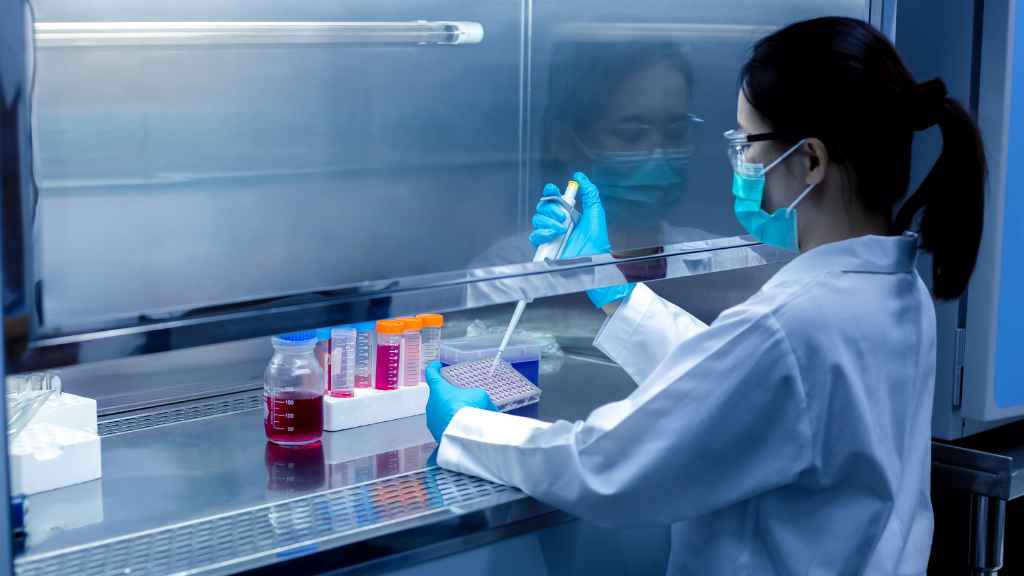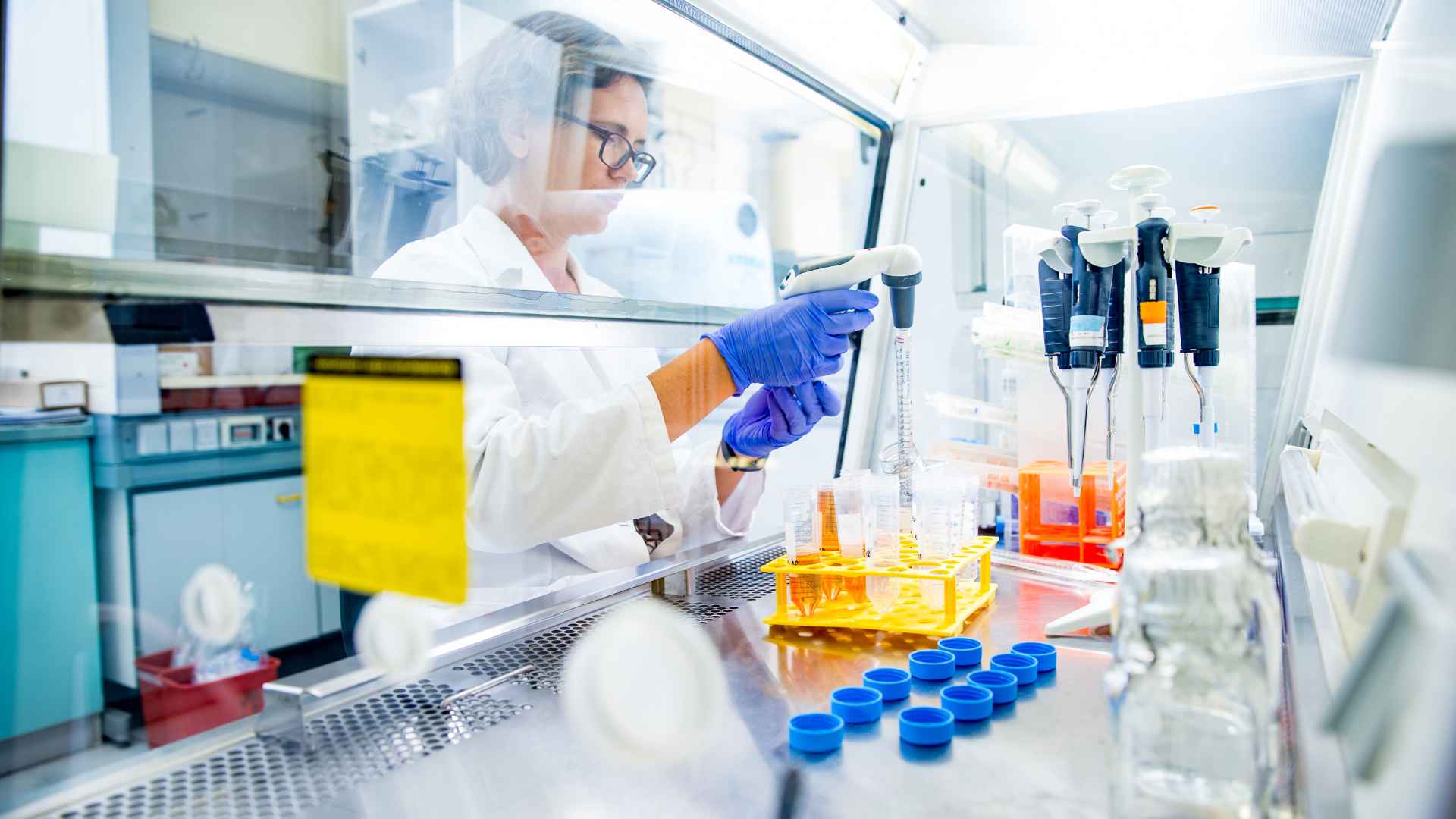In the area of biomedical research, understanding how substances interact with living cells is pivotal. In vitro cytotoxicity assays serve as a cornerstone in this exploration, offering insights into the potential harm or efficacy of compounds. These tests are not just a gateway to safer pharmaceuticals but also a beacon for groundbreaking therapies.
Employing a variety of techniques, scientists can scrutinize the effects of chemicals, drugs, and even nanoparticles on cultured cells. This approach not only accelerates the discovery process but also emphasizes the importance of ethical considerations by reducing reliance on animal testing. As we investigate deeper into the intricacies of these assays, it’s clear they are an indispensable tool in the advancement of medical science.
What is an In Vitro Cytotoxicity Assay?
In the area of biomedical research, understanding the interaction between substances and living cells is paramount. An in vitro cytotoxicity assay offers a crucial glimpse into this complex relationship, serving as a cornerstone for scientists aiming to investigate the potential harm or therapeutic benefits of compounds. Utilizing cultivated cell cultures, these assays enable researchers to meticulously evaluate the effects of chemicals, drugs, and other substances under controlled laboratory conditions.
The essence of an in vitro cytotoxicity assay lies in its ability to simulate the reaction of cells to various compounds without resorting to animal testing. This approach not only adheres to ethical standards by reducing the need for animal subjects but also provides a more streamlined and expedient method for gauging cellular responses. Through this method, cells are exposed to the substance in question, and their viability, proliferation, and death rates are closely monitored. Such assays employ various techniques, including colorimetric, fluorometric, and luminescent assays, to quantify cell survival and health accurately.
The significance of cytotoxicity assays in biomedical research cannot be overstated. They are instrumental in the early stages of drug discovery and development, where determining the toxicological profile of compounds is crucial. By identifying potentially toxic substances early on, researchers can streamline their focus towards more promising candidates, significantly accelerating the discovery process. Besides, these assays play a vital role in assessing the safety and efficacy of new materials intended for medical implants, ensuring that they do not elicit adverse reactions in human cells.
For industries, particularly in biotechnology and pharmaceuticals, adopting in vitro cytotoxicity assays is a cost-effective alternative to elaborate animal studies. Besides offering ethical and economic advantages, these assays provide crucial insights into cellular mechanisms and pathways affected by substances, laying the groundwork for targeted therapy and personalized medicine strategies.
Importance of In Vitro Cytotoxicity Assays in Biomedical Research
In the area of biomedical research, in vitro cytotoxicity assays stand out as a pivotal tool, offering insights that are crucial for the advancement of medical science. They are designed to evaluate the potential harm or therapeutic benefits of various substances on living cells, thereby serving as a vital checkpoint in the early stages of drug development and material testing.
These assays offer several advantages, paramount among them is the ability to provide rapid and accurate data about a compound’s effects on cells. This capability is invaluable in the biotechnology and pharmaceutical industries where time and accuracy are of the essence. In vitro cytotoxicity assays help the screening process, identifying compounds that warrant further study and those that should be discarded, hence accelerating the discovery process.
Also, they play a critical role in reducing the reliance on animal testing. By utilizing cell-based assays, researchers can obtain preliminary data on the cytotoxicity of substances without the ethical and financial burdens associated with animal models. This not only adheres to ethical standards but also aligns with the increasing regulatory and public demand for animal welfare in scientific research.
Plus to their use in drug discovery, in vitro cytotoxicity assays are instrumental in assessing the safety and efficacy of new materials intended for medical implants. By ensuring that these materials do not adversely affect cell viability, researchers can prevent potential complications post-implantation, contributing to the development of safer biomedical devices.
Given their wide range of applications and advantages, it’s clear that in vitro cytotoxicity assays are an indispensable component of biomedical research. They provide a foundation for making informed decisions during the R&D process, ensuring that only the most promising and safe compounds progress to the next levels of development. The importance of these assays cannot be overstated, as they continue to be a key player in the quest for new medical treatments and innovations.
Techniques Used in In Vitro Cytotoxicity Assays
In vitro cytotoxicity assays are at the forefront of biomedical testing, offering insights into how substances affect cell viability and function. These assays use a variety of techniques, each tailored to specific research needs and stages of drug development.
One widely used method is the MTT Assay, which measures cell metabolic activity as an indicator of cell health and viability. Cells are exposed to a substance, and then the MTT reagent is added, which living cells reduce to a formazan dye, quantifiably measurable using a spectrophotometer. This colorimetric assay provides a clear, easily interpretable marker of how substances impact cellular metabolism and viability.
Another common approach is the LDH Release Assay, which focuses on the integrity of the cell membrane. Lactate dehydrogenase (LDH) is a stable cytoplasmic enzyme present in all cell types and is released into the surrounding medium upon cell lysis. Measurement of LDH activity in the medium serves as a robust indicator of membrane integrity and, so, cell death.
The Flow Cytometry technique offers a more detailed analysis by quantifying the percentage of live, dead, and apoptotic cells within a sample. This method benefits from the ability to analyze large populations of cells quickly, providing not just binary alive/dead results but also insights into the mechanisms of cell death.
High-Content Screening (HCS) assays combine fluorescent imaging with sophisticated computational analysis, permitting the assessment of multiple cytotoxicity parameters simultaneously. This technique can detect changes in cell morphology, viability markers, and specific signaling pathways, providing a comprehensive overview of how a compound affects cellular health.
In applying these diverse techniques, researchers can gather vital data on the cytotoxic potential of substances, guiding the development of safer, more effective drugs and materials. Through meticulous design and execution of in vitro cytotoxicity assays, scientists are better equipped to predict the in vivo responses, significantly contributing to the advancement of biomedical research and public health.
Applications of In Vitro Cytotoxicity Assays
In vitro cytotoxicity assays play a crucial role across various domains of biomedical research and pharmaceutical development. These assays are instrumental in determining the safety and effectiveness of new drugs, chemicals, and materials before they progress to in vivo testing and clinical trials. Their applications span a wide range of sectors, including drug discovery, material safety testing, and cancer research.
Drug Discovery and Development
During the early stages of drug development, in vitro cytotoxicity assays are essential for screening potential pharmaceutical compounds. They provide valuable insights into the compound’s effects on cell health, viability, and function. By identifying compounds that are toxic to cells at an early stage, researchers can save significant time and resources by focusing only on promising candidates. Also, these assays help in determining the Effective Concentration 50 (EC50) values, which indicate the concentration of a substance required to achieve half the maximal effect. This is critical in developing dosage guidelines for further testing and eventual clinical use.
Material Safety Testing
In the area of biomaterials and medical devices, ensuring that materials are not toxic to human cells is paramount. In vitro cytotoxicity assays are widely used to assess the safety of these materials before they are used in medical applications. By evaluating how different materials affect cell viability and integrity, researchers can identify potential risks and make necessary adjustments early in the development process.
Cancer Research
One of the most significant applications of in vitro cytotoxicity assays is in cancer research, particularly in the screening of anti-cancer drugs. These assays allow researchers to test the efficacy of various compounds in killing cancer cells. By measuring parameters such as cell metabolism, membrane integrity, and apoptosis induction, scientists can gain insights into how a drug induces cell death and its potential as a cancer therapy.
Besides, these assays enable the study of drug resistance mechanisms and help in identifying combination therapies that may overcome resistance. By utilizing disease models, researchers can also investigate the specific effects of drugs on cancer cells in different stages and types of cancer.
In vitro cytotoxicity assays continue to be an indispensable tool in modern biomedical research, offering a cost-effective, efficient, and ethical alternative to early-stage in vivo studies. Their applications in drug discovery, materials science, and cancer research underscore their importance in advancing healthcare and therapeutic strategies.
Advantages of In Vitro Cytotoxicity Assays over Animal Testing
In the area of biomedical research, in vitro cytotoxicity assays have emerged as a pivotal tool, especially when weighed against traditional animal testing approaches. These assays offer a myriad of advantages that underscore their growing preference in the field.
Firstly, in vitro cytotoxicity assays are significantly faster than their animal testing counterparts. The ability to rapidly assess the cytotoxic effects of compounds on cultured cells reduces the time from the discovery phase to preliminary results. This speed is not just about efficiency; it’s about the ability to iterate and refine studies at a pace that animal testing can’t match.
About ethical considerations, these assays stand out starkly. They provide a means to assess chemical, pharmaceutical, and material safety without the ethical dilemmas associated with animal testing. This aspect is not only appealing to researchers but also aligns with the increasing public and regulatory demand for humane research methods.
The scalability of in vitro methods presents another substantial advantage. Researchers can test a wide range of concentrations and conditions without the logistical and ethical constraints of expanding animal cohorts. This flexibility allows for a more comprehensive understanding of cytotoxic effects across varying scenarios, which is vital for establishing safety profiles.
Cost-wise, in vitro cytotoxicity assays are more economical than animal experiments. The initial setup for cell-based assays might require investment, but the overall costs, including maintenance and care of animal subjects, are markedly lower. For institutions and companies looking to maximize their research budget, this cost-effectiveness is highly attractive.
Besides, these assays offer a high degree of control over experimental variables. In vitro conditions can be precisely manipulated, ensuring the reproducibility of results and facilitating the identification of causative relationships between test compounds and observed effects. This level of control is challenging to achieve in in vivo environments, where biological variability can cloud interpretations.
Summarizing, the advantages of in vitro cytotoxicity assays over animal testing are clear and multifaceted. They offer a combination of speed, ethical integrity, scalability, cost-effectiveness, and experimental control that is increasingly indispensable in the drive towards innovative and ethical biomedical research.
Conclusion
The shift towards in vitro cytotoxicity assays marks a significant advancement in biomedical research. By offering a combination of speed, ethical integrity, scalability, cost efficiency, and precise experimental control, these assays stand at the forefront of innovative scientific methods. They not only accelerate the pace of discovery but also embody the ethical progress society demands from modern science. As research continues to evolve, in vitro cytotoxicity assays will undoubtedly play a pivotal role in shaping the future of drug development and toxicological screening, making them a cornerstone of ethical and effective biomedical investigation.
Visit our home page to know more about our services






